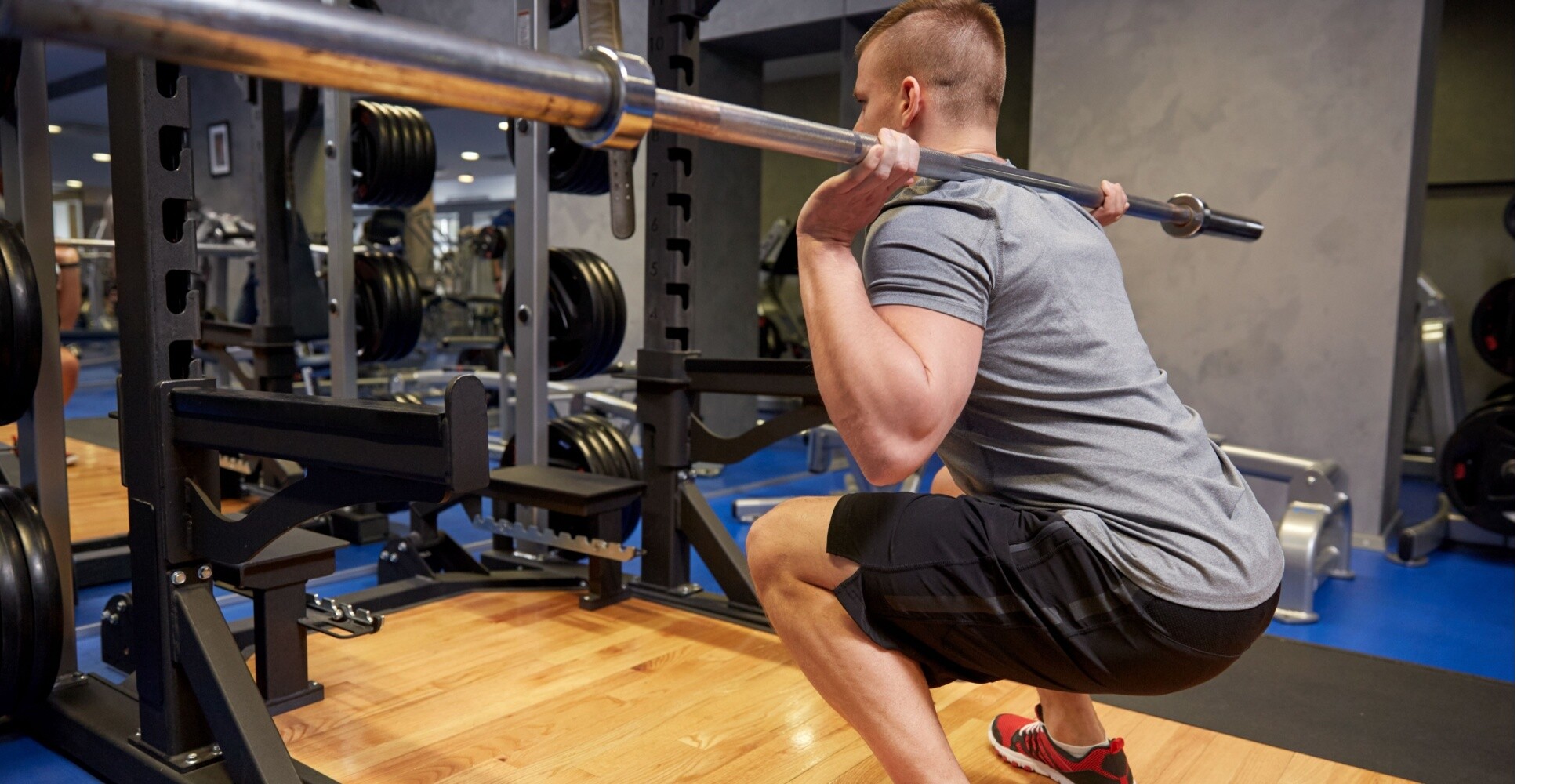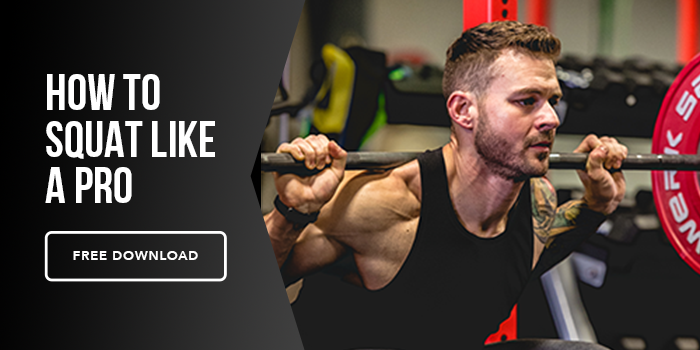The internet always wants to create camps on “which movement is better” or “which diet is best to lose weight”. The funny thing is that we are fortunate enough to have access to gyms to enjoy the variety of exercises we want. In this particular case of the front squat and back squat, they both require a barbell and squat rack. So, if you are looking to do one, then you are capable of doing both.
What’s the Difference?
Let’s start with the differences.
Front Squat - It will be a little more quad dominant as the bar sits in front of you, causing you to be a little more upright. You will need to keep your core more activated in order to maintain this upright position, especially as the weight gets heavier. Some may argue this is better for teaching proper technique, but I feel it all depends on the person and their limitations. Ultimately, you may not be able to load as much on the bar as a back squat, but that isn’t a bad thing.
Back Squats – They will have a little more focus on the glutes and hamstrings compared to the front squat. You may see greater strength gains over time since you can typically load more on the bar due to an easier position to maintain. This variation also tends to be the staple when people say they squat, and is used in powerlifting competitions.
What Are Your Mechanics and Limitations?
It really comes down to your starting point and preference. I generally like to start clients on a back squat as I can get their form down quicker. Even then, I may regress to a goblet squat when first starting out, in order to allow the client to focus both on the upright posture of a front squat, but with the ability to use a kettlebell and focus on form over getting stuck trying to comfortably hold the barbell on their shoulders.
From there, I’ll graduate them to either barbell position, depending on if I want to change it up or continue building upon that upright position. One thing to keep in mind is your upper body mobility. The two ways to position the barbell on the front squat are the hang clean position which requires a lot of wrist and shoulder mobility. The other, easier method is to cross your arms and keep the bar in position. Either way, it can take some getting used to before being able to increase the weight. Some people find the pressure of a barbell with weight on their back more uncomfortable than at the front.
Variation is Key
You want to at some point go through all the variations of the squat. It’s a great way to keep your workouts fresh after some exercises get stale. As mentioned before, because they challenge the muscles in slightly different ways, it’s also a super effective way to make a small but significant change towards your progress on building strength and muscle.






